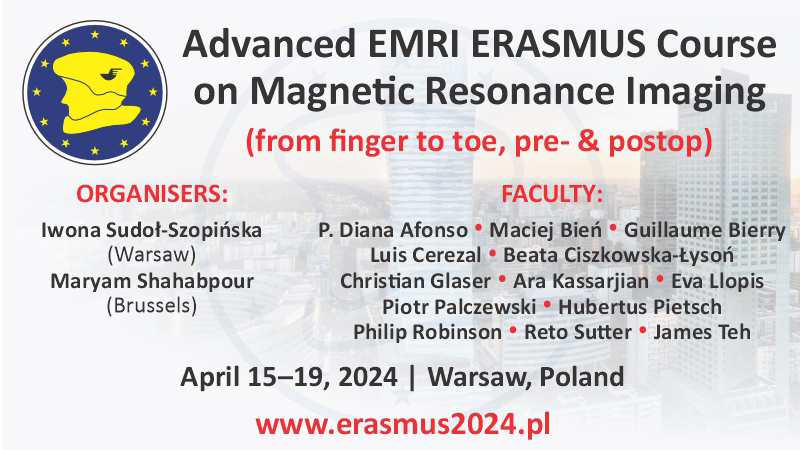Usefulness of ultrasound examination in the evaluation of a neonate’s body fluid status
Joanna Kieliszczyk1, Wojciech Baranowski2, Wojciech Kosiak3
 Affiliation and address for correspondence
Affiliation and address for correspondenceAppropriate hydration is a very important prognostic factor for the patient’s health. Ultrasonographic assessment of hydration status is rarely used in pediatric medicine and it is not used at all in neonates due to the fact that no reference values have been established for this age group. The aim of the paper was to establish reference values for neonates. Material and methods: The study included 50 neonates from two hospitals in the Lower Silesia region of Poland; 25 of them were healthy patients (full-term newborns with no perinatal complications) and 25 were sick patients (newborns with heart defects such as ostium secundum atrial septal defect, ventricular septal defect, permanent foramen ovale and patent ductus arteriosus as well as newborns with neonatal jaundice or pneumonia that occurred during the first days of life). The ultrasound scans were conducted during the first days of the children’s life. For every child inferior vena cava diameter was measured in the substernal area, longitudinal plane, M-mode in two respiratory phases: inhalation and exhalation. In addition, abdominal aorta diameter was determined (substernal area, transverse plane). Results: The study demonstrated a statistically significant difference in the calculated inferior vena cava collapsibility index between both groups. Two other indices included the ratio of the inferior vena cava diameter during the expiratory phase to the diameter of the aorta and the ratio of the inferior vena cava diameter during the inspiratory phase to the diameter of the aorta; a statistically significant difference between both groups was found only for the measurements in the inspiratory phase. Conclusions: Based on the study results normal ranges for hydration indices in neonates were established. The need for the measurement of the abovementioned parameters in the inspiratory phase was determined. In addition, the usefulness of the ultrasound examination for the evaluation of body fluid status in this pediatric age group, particularly in preterm newborns, was noted due to its painless and non-invasive nature as well as easy access to equipment at neonatology wards.






